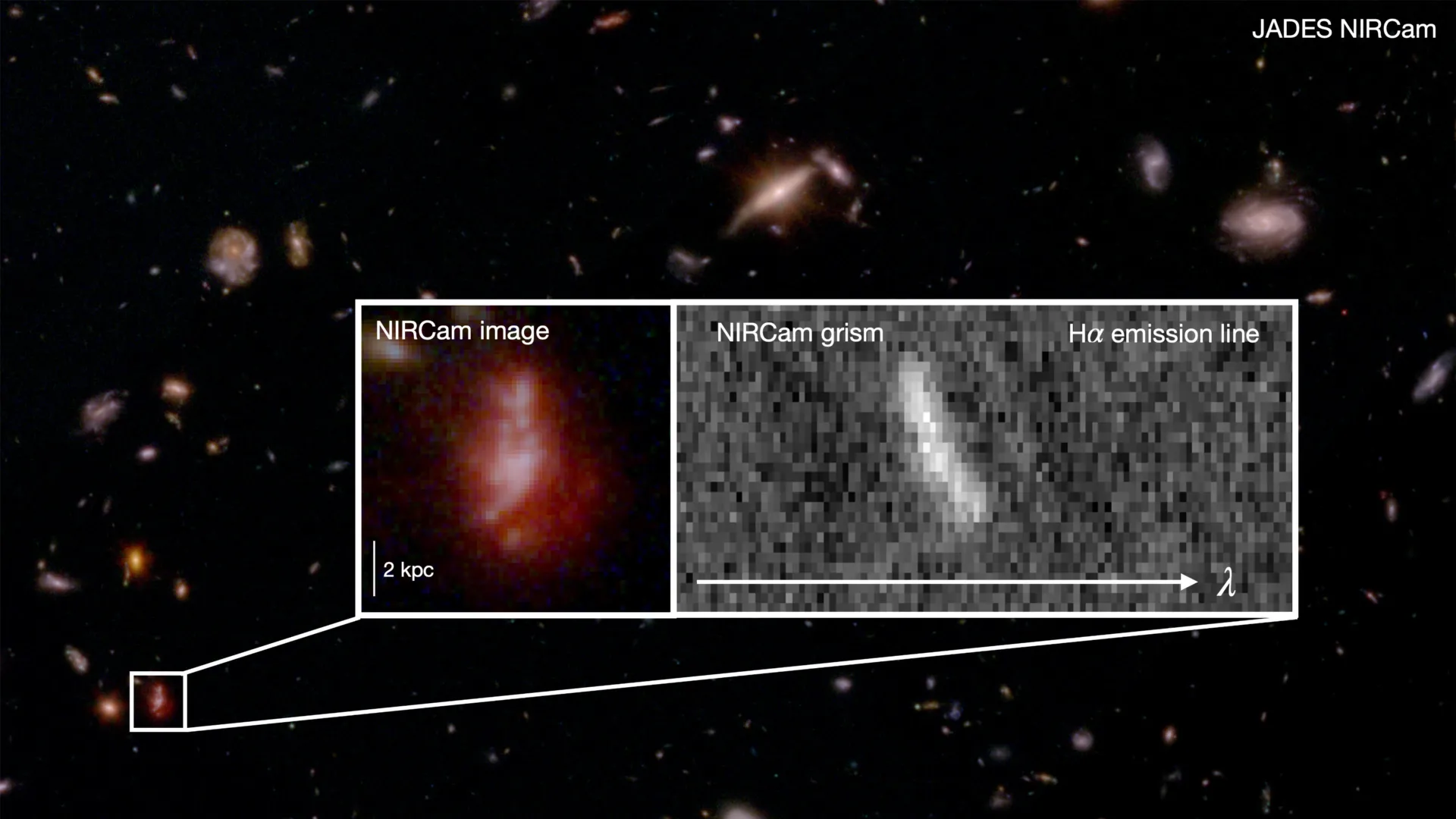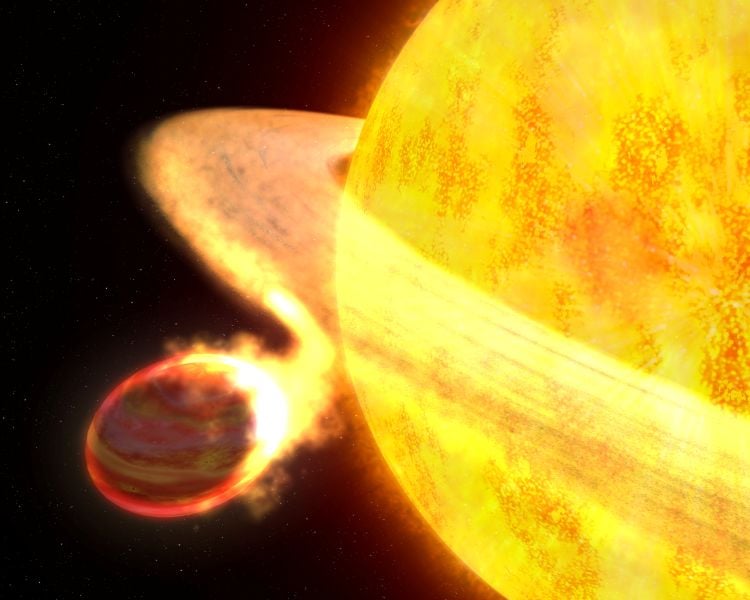As astronomers gather more data than ever before, studying the cosmos has become an increasingly complex task. A new innovation is changing that reality. Researchers have now developed a way to analyze enormous cosmic data sets using only a…
Category: 7. Science
-

Using Artificial Intelligence To Track Proteins
A database for AI-generated molecular “fingerprints”
Since 2022, MSAID has been marketing a patented successor of the software whose prototype sparked the company’s founding. It streamlines the analysis of complex, large datasets. MSAID COO…
Continue Reading
-

Human mathematician beats AI in the “kissing numbers” challenge
Aalto mathematician Mikhail Ganzhinov has pushed the classic “kissing number,” meaning the maximum count of equal spheres touching one sphere, into new territory. The gains are small, yet decisive for researchers worldwide today.
He reports…
Continue Reading
-

Webb reveals the Universe’s first galaxies were a chaotic mess
Astronomers using the James Webb Space Telescope (JWST) have obtained the clearest view yet of how galaxies came together just a few hundred million years after the Big Bang. Their observations reveal that these early galaxies were far more…
Continue Reading
-

AI-driven genome strategy accelerates design of ultra-tough polyimide films
KNOXVILLE, TN, October 30, 2025 /24-7PressRelease/ — Balancing stiffness, strength, and toughness in thermosetting polyimide films has long challenged materials scientists. In this study, researchers combined machine learning with a…
Continue Reading
-

Eugene Shoemaker: The only human buried on the Moon, and why NASA honoured him |
Eugene Shoemaker holds a unique place in space history; he is the only human whose ashes rest on the Moon. A pioneering geologist and founder of astrogeology, according to the U.S. Geological Survey…
Continue Reading
-

Twin black hole collisions put Einstein’s general relativity to its most extreme test
Two colossal black hole collisions, detected just a month apart in late 2024, are reshaping how scientists interpret the most extreme cosmic events in the universe. These twin mergers not only provide fresh insight into how black holes form and…
Continue Reading
-

Surveying Atmospheric Escape from Gas Giants Orbiting F-Type Stars
Why is it important to know about exoplanets having their atmospheres stripped while orbiting F-type stars? This is what a recent study submitted to *The Astronomical Journal* hopes to address as an international team of scientists…
Continue Reading
-

How parasitic worms use static to find prey
Entomopathogenic nematodes (EPNs) are tiny worms that act as natural pest-killers. They take big risks. When they jump through the air to find unsuspecting insect hosts, it’s a matter of survival. If they miss, they could starve or become prey…
Continue Reading
-
[Research Press Release] Cell biology: Bowhead whales’ longevity explained (Nature)
[Research Press Release] Cell biology: Bowhead whales’ longevity explained (Nature) | Nature Portfolio
…
Continue Reading
